Castanea mollissima
Castanea mollissima
1. The products in our compound library are selected from thousands of unique natural products; 2. It has the characteristics of diverse structure, diverse sources and wide coverage of activities; 3. Provide information on the activity of products from major journals, patents and research reports around the world, providing theoretical direction and research basis for further research and screening; 4. Free combination according to the type, source, target and disease of natural product; 5. The compound powder is placed in a covered tube and then discharged into a 10 x 10 cryostat; 6. Transport in ice pack or dry ice pack. Please store it at -20 °C as soon as possible after receiving the product, and use it as soon as possible after opening.
Natural products/compounds from Castanea mollissima
- Cat.No. Product Name CAS Number COA
-
BCN9049
Hydroquinone123-31-9
Instructions
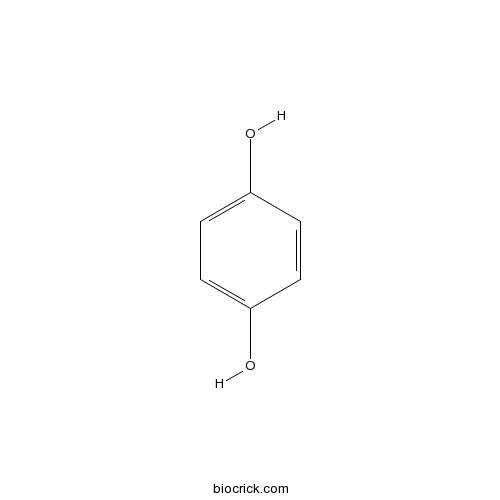
-
BCN6200
Shikimic acid138-59-0
Instructions
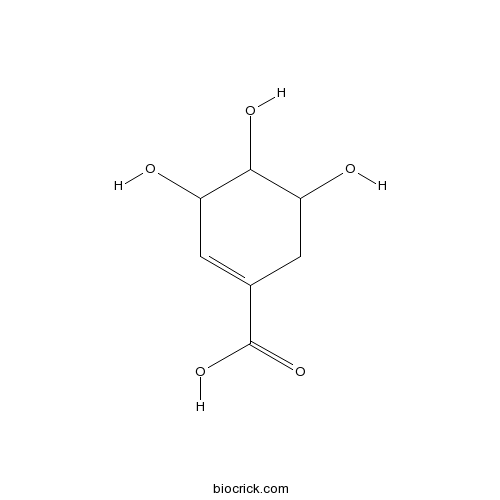
-
BCN2529
Jaceosidin18085-97-7
Instructions
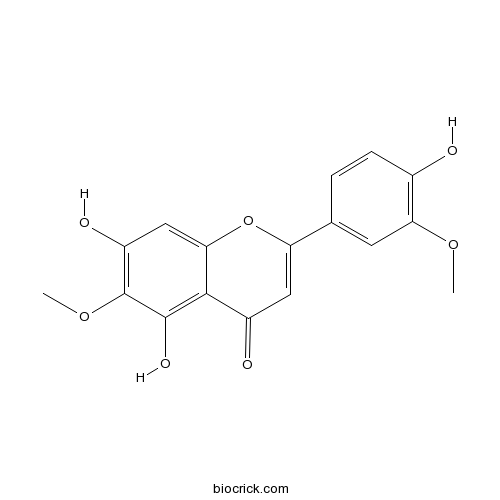
-
BCN4889
Tiliroside20316-62-5
Instructions
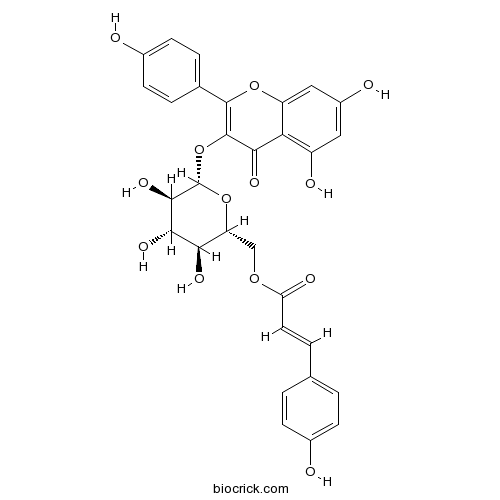
-
BCN5653
Kaempferol520-18-3
Instructions
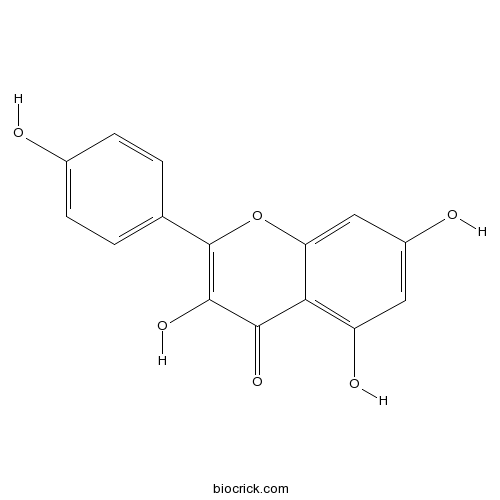
-
BCN4969
Fructose57-48-7
Instructions
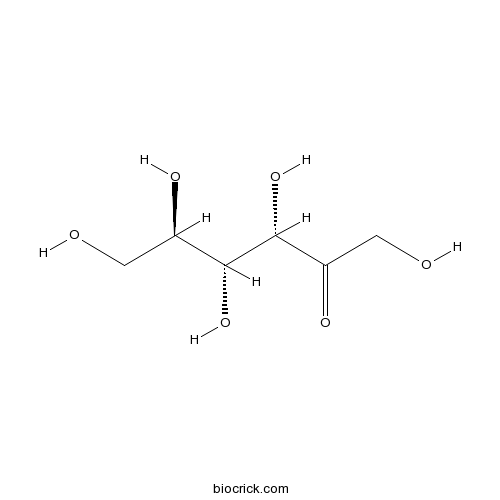
-
BCN4211
Uracil66-22-8
Instructions
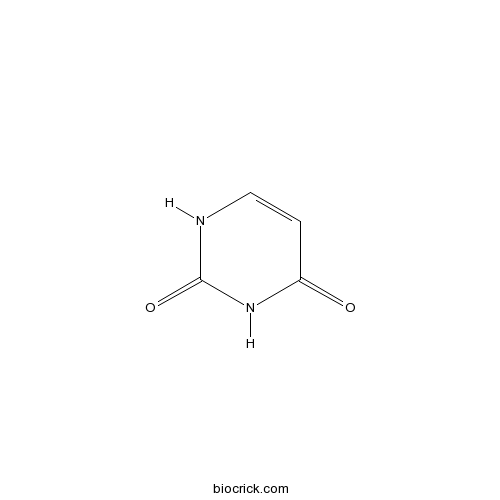
-
BCC4109
Salicylic acid69-72-7
Instructions
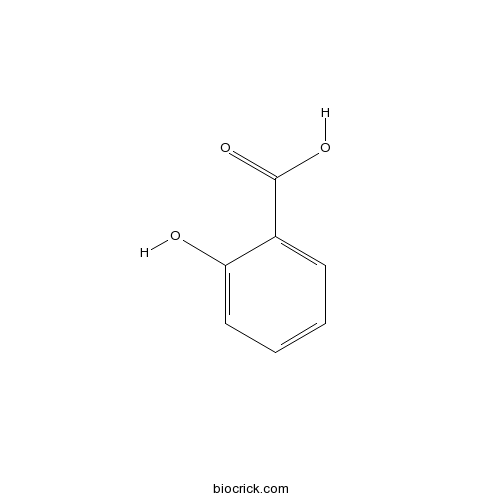
-
BCN4546
4-Hydroxybenzoic acid99-96-7
Instructions
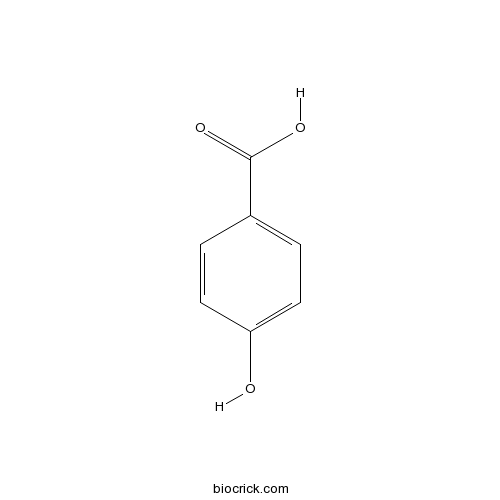
Demography and Uncertainty of Population Growth of Conogethes punctiferalis (Lepidoptera: Crambidae) Reared on Five Host Plants With Discussion on Some Life History Statistics.[Pubmed: 29992315]
The development, survival, and fecundity data of Conogethes punctiferalis (Guenée) (Lepidoptera: Crambidae) reared on chestnut (Castanea mollissima Blume), maize (Zea mays L.), sunflower (Helianthus annuus L.), hawthorn (Crataegus pinnatifida Bunge), and apple (Malus domestica Miller) were collected at 25 ± 1°C and 70 ± 5% RH. Raw data were analyzed and compared by using the age-stage, two-sex life table. The mean fecundity (F) was the highest (282.3 eggs per female) when larvae were reared on chestnut. The lowest mean fecundity (19.2 eggs per female) occurred on apple. The net reproductive rates (R0) were 134.52, 106.77, 30.29, 27.61, and 8.63 offspring on chestnut, maize, sunflower, hawthorn, and apple, respectively. The intrinsic rates of increase (r) were 0.1359, 0.1326, 0.0807, 0.0811, and 0.0448 d-1 on chestnut, maize, sunflower, hawthorn, and apple, respectively. Computer projections based on the age-stage, two-sex life table revealed the stage structure and variability of the population growth of C. punctiferalis. Our results demonstrated that although chestnut and maize were the most suitable host plants for C. punctiferalis, the moths were also able to develop and reproduce on sunflower, hawthorn, and apple.
Castanea mollissima shell prevents an over expression of inflammatory response and accelerates the dermal wound healing.[Pubmed: 29567277]
Castanea mollissima shell (CMS) has been used for wound healing in China as traditional medicine. The shell is directly applied on the wounded skin as fine powder or as water maceration.
Environmental variation shifts the relationship between trees and scatterhoarders along the continuum from mutualism to antagonism.[Pubmed: 29436764]
The conditional mutualism between scatterhoarders and trees varies on a continuum from mutualism to antagonism and can change across time and space, and among species. We examined 4 tree species (red oak [Quercus rubra], white oak [Quercus alba], American chestnut [Castanea dentata] and hybrid chestnut [C. dentata × Castanea mollissima) across 5 sites and 3 years to quantify the variability in this conditional mutualism. We used a published model to compare the rates of seed emergence with and without burial to the probability that seeds will be cached and left uneaten by scatterhoarders to quantify variation in the conditional mutualism that can be explained by environmental variation among sites, years, species, and seed provenance within species. All species tested had increased emergence when buried. However, comparing benefits of burial to the probability of caching by scatterhoarders indicated a mutualism in red oak, while white oak was nearly always antagonistic. Chestnut was variable around the boundary between mutualism and antagonism, indicating a high degree of context dependence in the relationship with scatterhoarders. We found that different seed provenances did not vary in their potential for mutualism. Temperature did not explain microsite differences in seed emergence in any of the species tested. In hybrid chestnut only, emergence on the surface declined with soil moisture in the fall. By quantifying the variation in the conditional mutualism that was not caused by changes in scatterhoarder behavior, we show that environmental conditions and seed traits are an important and underappreciated component of the variation in the relationship between trees and scatterhoarders.
Identification and expression analysis of starch branching enzymes involved in starch synthesis during the development of chestnut (Castanea mollissima Blume) cotyledons.[Pubmed: 28542293]
Chinese chestnut (Castanea mollissima Blume) is native to China and distributes widely in arid and semi-arid mountain area with barren soil. As a perennial crop, chestnut is an alternative food source and acts as an important commercial nut tree in China. Starch is the major metabolite in nuts, accounting for 46 ~ 64% of the chestnut dry weight. The accumulation of total starch and amylopectin showed a similar increasing trend during the development of nut. Amylopectin contributed up to 76% of the total starch content at 80 days after pollination (DAP). The increase of total starch mainly results from amylopectin synthesis. Among genes associated with starch biosynthesis, CmSBEs (starch branching enzyme) showed significant increase during nut development. Two starch branching enzyme isoforms, CmSBE I and CmSBE II, were identified from chestnut cotyledon using zymogram analysis. CmSBE I and CmSBE II showed similar patterns of expression during nut development. The accumulations of CmSBE transcripts and proteins in developing cotyledons were characterized. The expressions of two CmSBE genes increased from 64 DAP and reached the highest levels at 77 DAP, and SBE activity reached its peak at 74 DAP. These results suggested that the CmSBE enzymes mainly contributed to amylopectin synthesis and influenced the amylopectin content in the developing cotyledon, which would be beneficial to chestnut germplasm selection and breeding.


